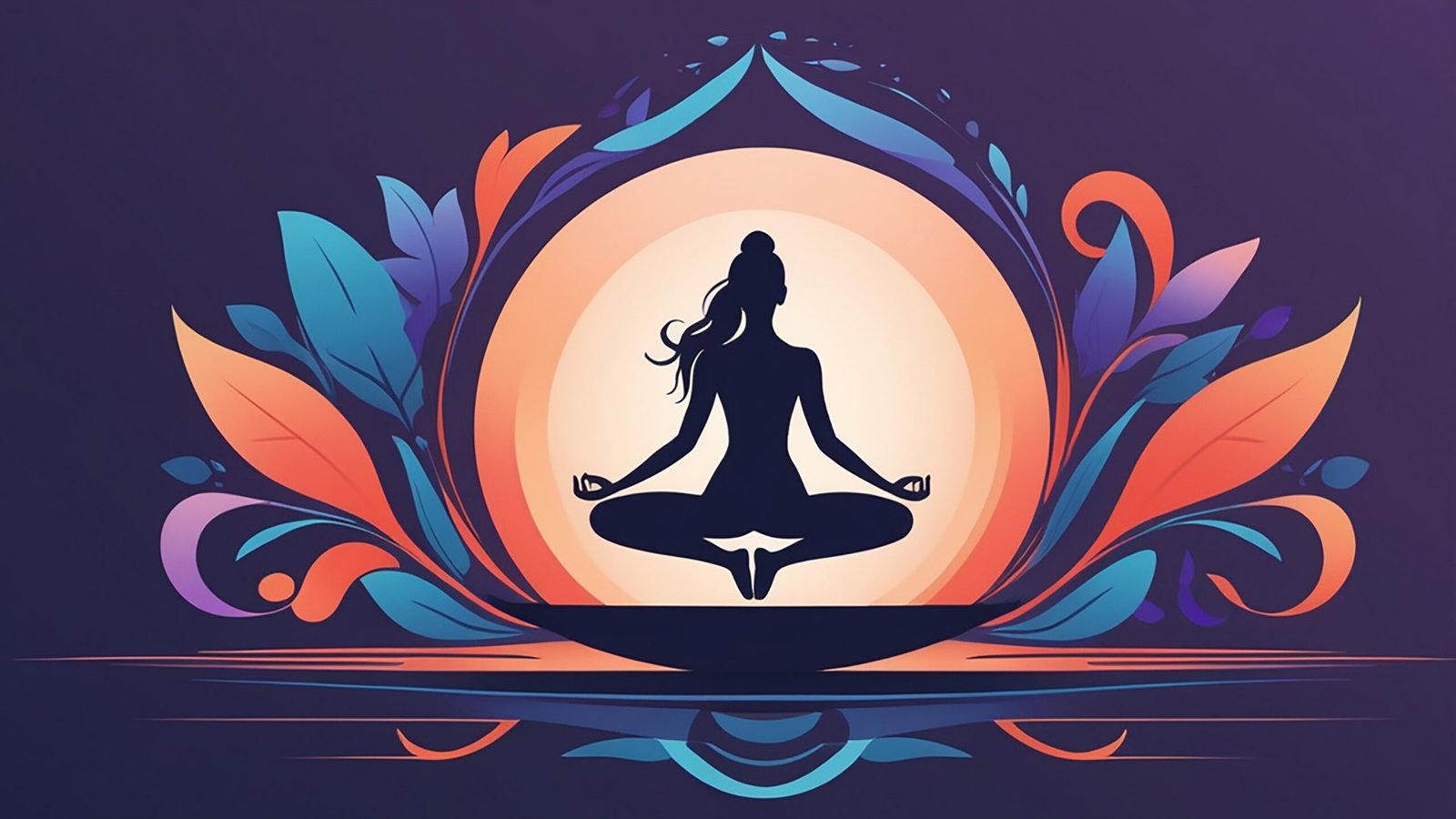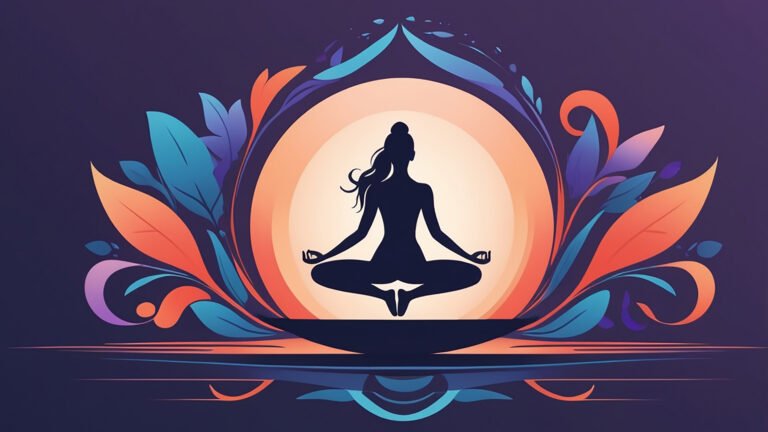— Introduction :
Vakrasana (वक्रासन), the Twisted Pose, is a graceful seated posture that embodies the essence of yogic subtlety — where movement is minimal but transformation runs deep. The term “Vakra” means twisted or curved, and true to its name, this asana involves a simple spinal twist that gently massages the inner organs and activates the core energy channels. Though outwardly uncomplicated, Vakrasana carries within it the timeless principle of Yog: to turn inward, to spiral toward the center of self-awareness.
This posture invites the practitioner to sit in stillness, stabilize the body, and mindfully rotate the spine—allowing each vertebra to breathe and align. The twisting motion stimulates the digestive and eliminative systems, wrings out stagnation from the abdominal region, and encourages pranic flow along the Ida and Pingala nadis. As the gaze turns over the shoulder and the body holds its quiet spiral, a yogi begins to perceive the deeper rhythm of life: how flexibility, focus, and breath can transform even the smallest of movements into spiritual practice.
Vakrasana is particularly suited for beginners, seniors, or those seeking a gentle yet effective detoxifying practice. In the teachings of the ancient yogis, twisting postures were revered for their ability to not only cleanse the body but also untangle emotional knots. Vakrasana stands as a serene example — a gentle spiral toward clarity, strength, and inner equilibrium.
— Step-by-step Instructions :
- Sit comfortably on the floor with legs extended forward.
- Bend your right leg and position the right heel beneath the left buttock.
- Fold your left leg, placing the left foot flat on the ground beside the outer edge of the right thigh.
- Reach the left hand across and hold the left big toe from the inner side of the leg.
- Gently twist your torso to the right, and place your right palm on the floor behind you in such a way that the palm, right knee, and right buttock are aligned in a straight line and equidistant.
- Turn your head toward the right shoulder, keeping your gaze forward in the direction of the twist.
- Maintain slow, deep, and natural breathing throughout the posture.
- Hold the pose for up to five minutes, depending on your comfort and stability.
- To practice on the other side, gently release the posture and reverse the position of the legs and arms.
- Repeat the same steps and hold the alternate posture for another five minutes.
— Physical And Mental Benefits :
- Improves spinal flexibility and alignment
- Stimulates digestive organs, enhances metabolism
- Tones abdominal muscles and strengthens the obliques
- Aids in detoxification by massaging liver, kidneys, intestines
- Calms the nervous system and improves concentration
- Helps release stored emotions and mental tension
— Precautions to Keep in Mind :
- Avoid during pregnancy or menstruation due to abdominal pressure
- Not suitable for those with slipped disc, severe spinal injuries, hernia, or abdominal surgery
- People with high blood pressure should twist gently and avoid holding breath
- Elderly or those with limited mobility should perform with guidance
— Beginner’s Tips :
- Keep the spine tall and chest open; don’t hunch forward
- Use a yoga strap or cushion under the hips for better support
- If holding the foot is difficult, simply wrap the arm around the knee
- Focus on gentle twisting from the base of the spine, not the shoulders alone
— Best Time to Practice :
- Early morning on empty stomach for detox benefits
- Can also be done in evening, at least 3 hours after meals
- Avoid immediately after eating or before bed
— Advanced Variations :
Practice Ardha Matsyendrasana for a deeper twist
— Wrapping Up :
Vakrasana offers a simple doorway to deep transformation. It teaches that even small movements, when done with full awareness and breath, can stir the flow of prana and open energetic locks within. Whether used as a preparatory practice or as a standalone asana, Vakrasana is a valuable companion on the yogic path—balancing the spine, energizing the core, and refining one’s inner focus. In the spiral of this posture lies the spiral of life itself — ever turning, ever unfolding.


